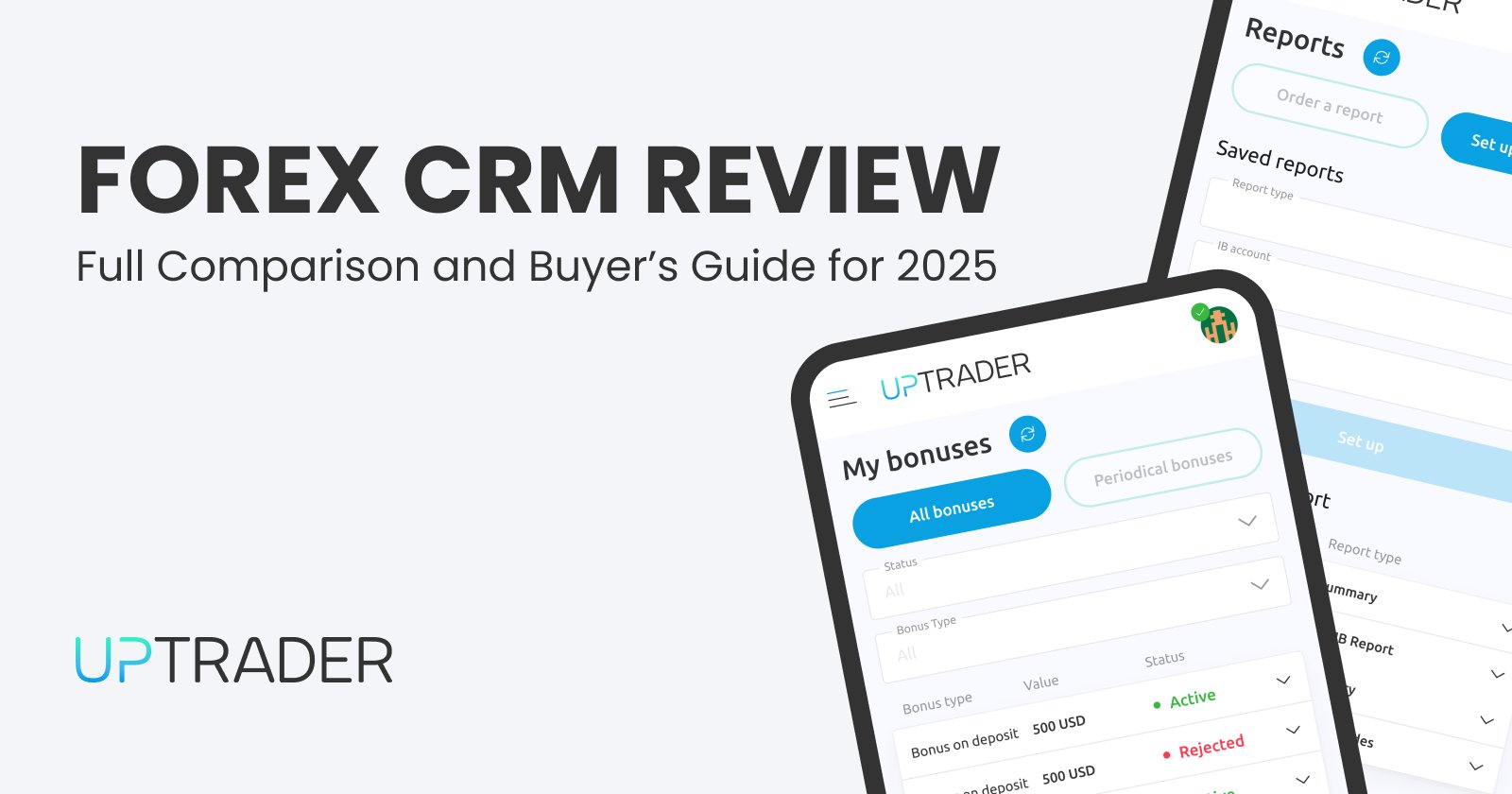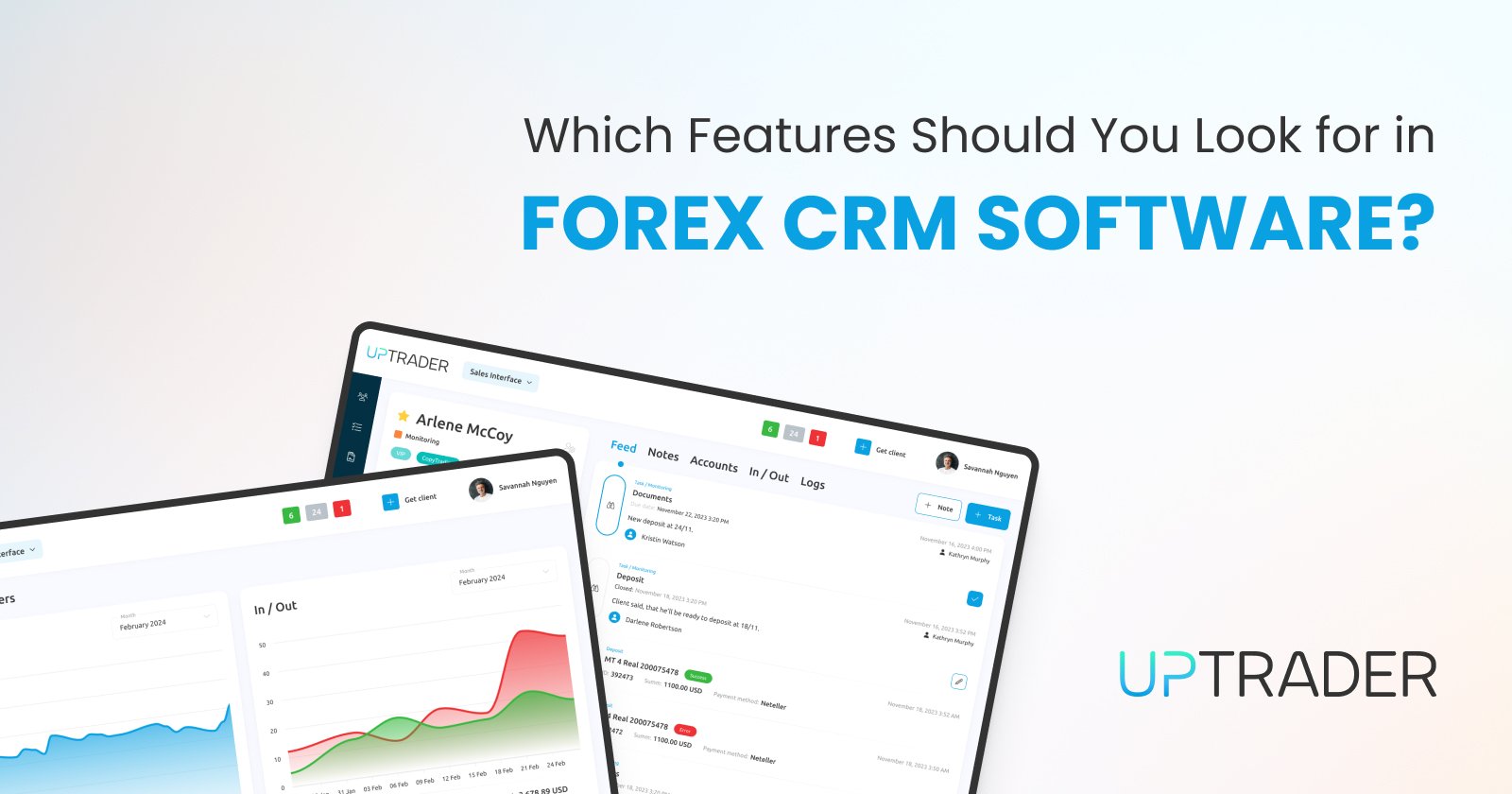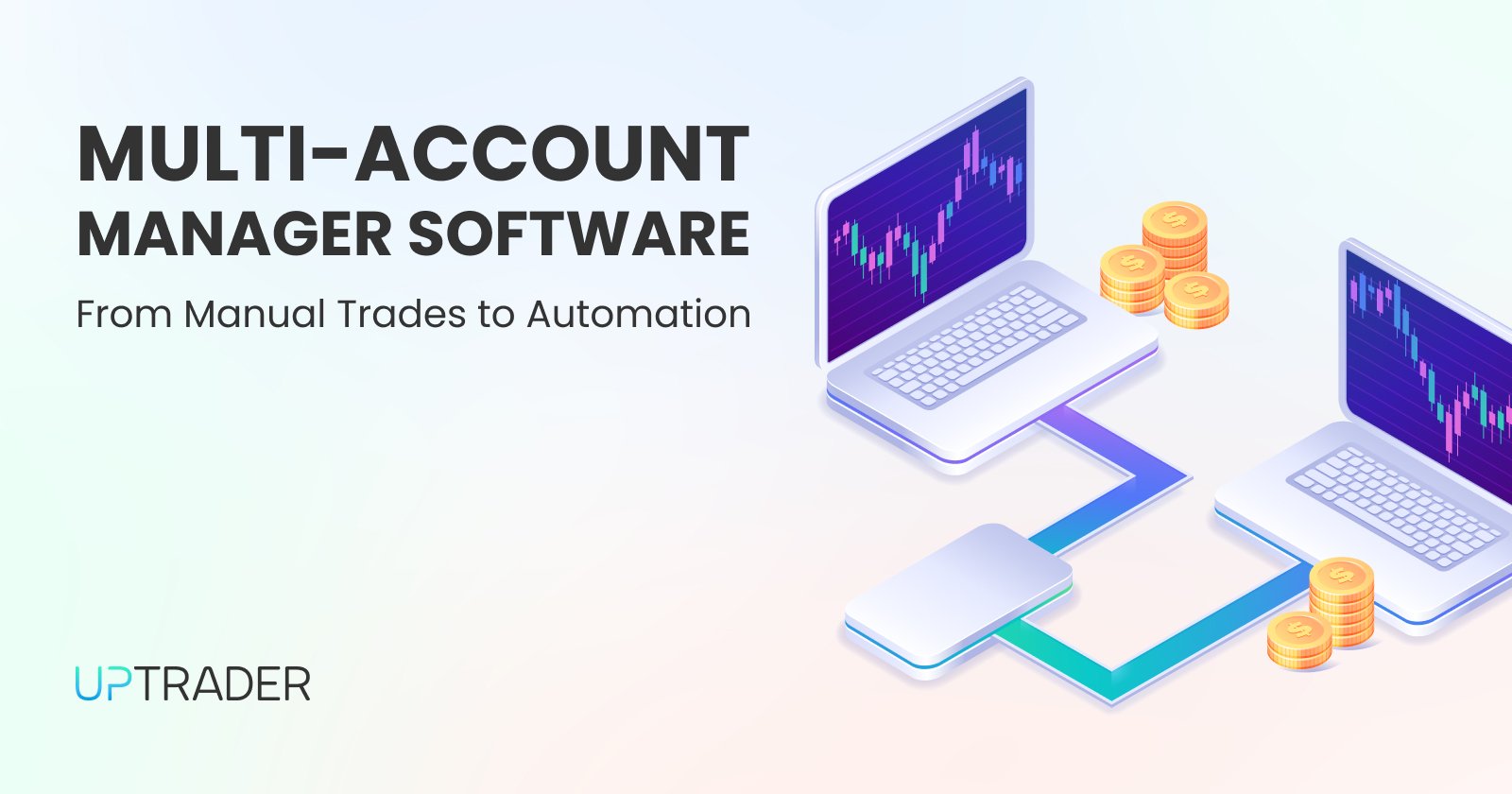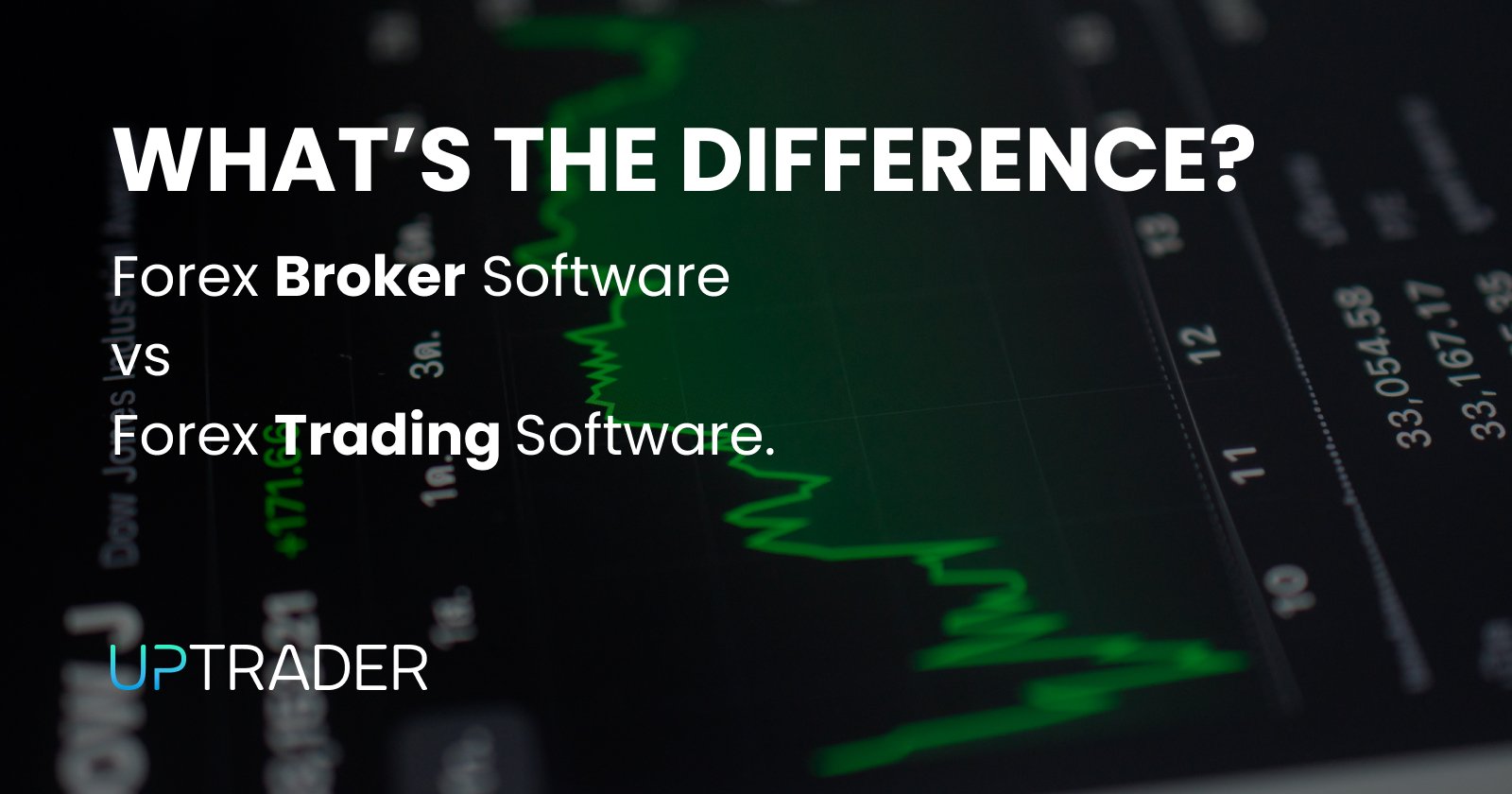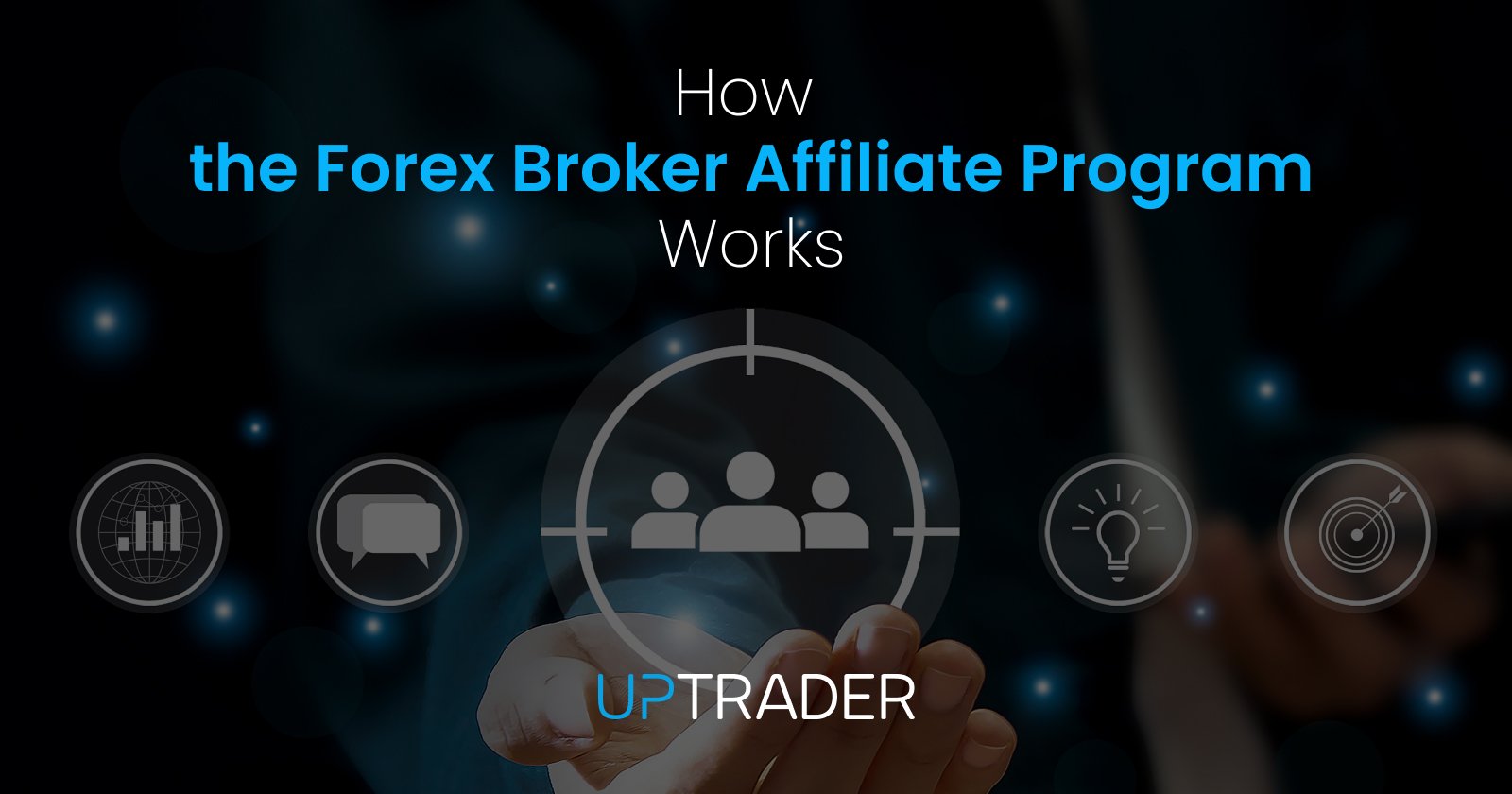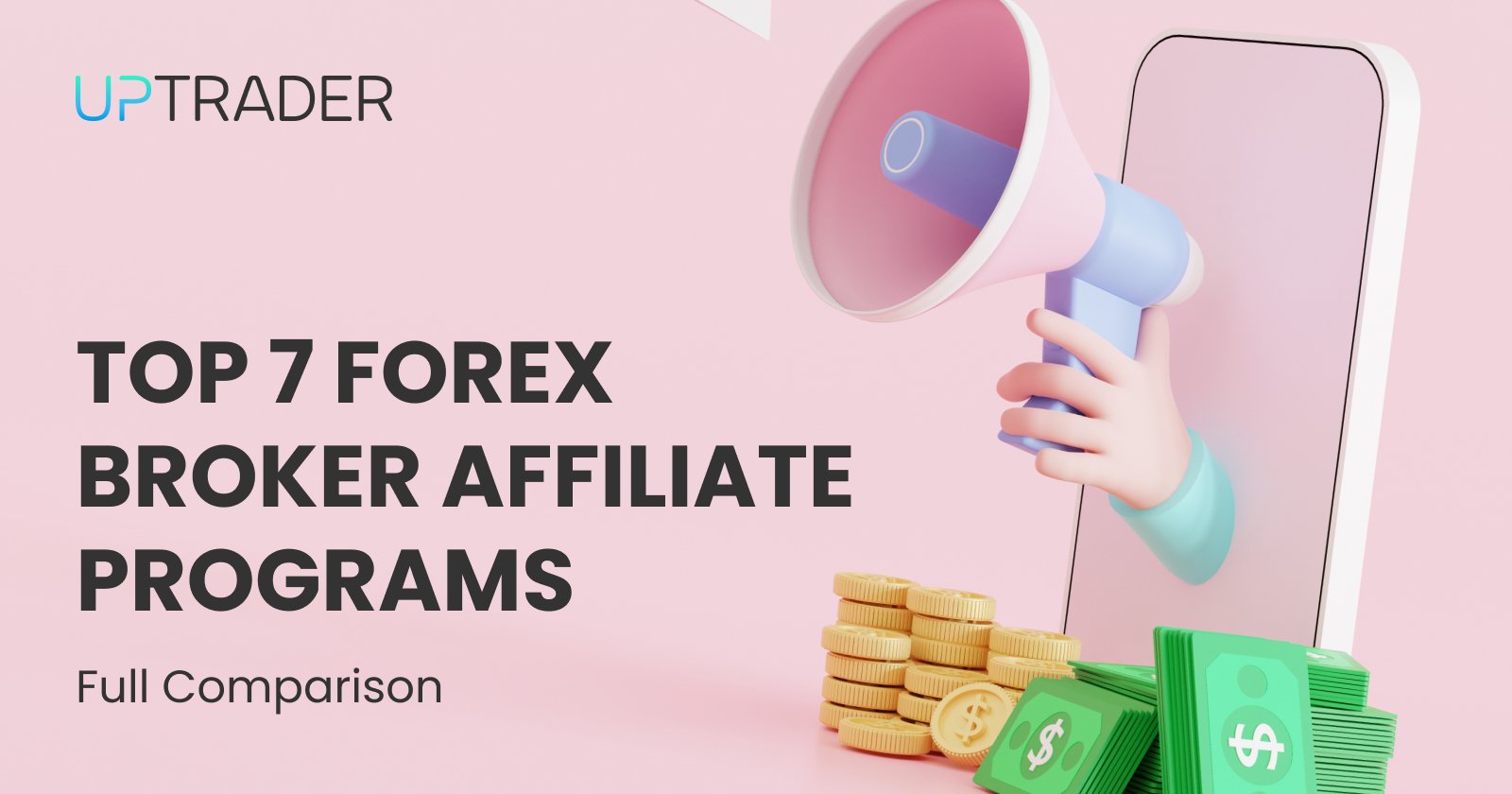
Top 7 Forex Broker Affiliate Programs: Full Comparison and Tips for 2025
Within the scope of fast-paced trading, forex broker affiliate programs have steadily become one of the most profitable avenues for individuals and content creators seeking to access the financial markets globally. With a leap into 2025, the competition amongst forex brokers continues to intensify — not only to onboard traders, but also to secure high-level affiliates.
The overwhelming number of available partnership models and brokers can be daunting for someone looking to join the industry for the first time. This guide goes straight to the point, providing a detailed analysis of seven forex broker affiliate programs that stand out this year, detailing what makes each unique and offering advice on how to pick the best one.
Why Forex Broker Affiliate Programs Matter in 2025
Affiliates in the forex industry are those marketers, influencers, and website owners who earn a commission for directing traders to an online brokerage platform. The booming retail trading prospects, especially in Southeast Asia, Africa, and Latin America, are willing to pay top dollar to their partners who can send them qualified traffic.
The commissions can vary from flat CPA (cost-per-acquisition) payments to revenue share models that provide ongoing passive income for the entire time the referred client remains active. There are also some programs that pay out with a flexible mixture of both active and passive income.
Let’s explore the top seven programs worth your attention in 2025.
1. UpTrader
UpTrader, primarily known for its white-label solutions, launched an impressive affiliate and consulting partnership program. What makes it stand out is the dual-purpose structure: affiliates can either earn by referring traders or help brokerage startups by recommending UpTrader’s backend services.
Affiliates benefit from a long cookie duration, transparent reporting, and highly competitive commissions. For those targeting brokers or institutional-level clients, the consulting angle provides a new revenue channel that most standard programs simply don’t offer.
Pros:
- Hybrid model: trader referrals + broker consulting
- High payouts on B2B deals
- Stable tracking and CRM access
2. Exness
Exness remains one of the most trusted names in the forex world, particularly in Asia and Africa. Their affiliate program is known for consistent payouts and a generous revenue share structure. Depending on the client’s trading volume, affiliates can earn up to $1,850 CPA or over 40% in revenue share.
Additionally, Exness offers detailed performance tracking, marketing assets in multiple languages, and localized support — key for affiliates working in diverse regions.
Pros:
- Competitive commission plans
- Trusted brand with strong user base
- Great support for local markets
3. FBS
FBS has built a strong reputation by targeting emerging markets with region-specific promotions, contests, and educational content. Their affiliate platform is beginner-friendly, with easy onboarding, simplified commission structures, and creative assets optimized for social platforms like TikTok, Instagram, and Facebook.
Their CPA and revenue share options are also quite flexible, and affiliates with growing audiences can negotiate custom rates.
Pros:
- Simplified dashboard for new affiliates
- Mobile and social-ready marketing tools
- Good for content creators
4. IC Markets
IC Markets is a go-to platform for affiliates in the education and analysis niche. With one of the deepest liquidity pools in the market and ultra-low spreads, it's easy to convince serious traders to stick with IC Markets — making long-term revenue sharing quite appealing.
Their affiliate portal includes real-time analytics, and they offer multilingual support teams to help you convert leads more efficiently. They also provide co-branded landing pages and advanced tracking tools.
Pros:
- Strong conversion from quality traffic
- Transparent reporting
- Excellent for SEO-driven websites
5. XM
XM has been around for over a decade and operates in more than 190 countries. That global reach is backed by a robust affiliate infrastructure. Whether you’re running a comparison website, YouTube channel, or blog, XM offers ready-made solutions — banners, pre-written articles, and tracking software.
Commission structures are also flexible, with hybrid models available. The brand’s strong reputation helps boost conversion rates, particularly in Europe, Latin America, and Asia.
Pros:
- Global marketing toolkit
- Hybrid commission options
- Multilingual platform and support
6. Tickmill
Tickmill has gained ground quickly due to its tight spreads and solid regulatory status in the UK, Europe, and Asia. Their affiliate program is well-designed for those looking to partner with a broker that complies with international regulations.
Tickmill pays up to $25 per lot in revenue share and provides access to a private affiliate manager for support. This is ideal for professionals and networks aiming to promote trust-based campaigns.
Pros:
- High revenue share per lot
- Regulatory credibility
- Dedicated affiliate support
7. FXTM (ForexTime)
FXTM blends digital and offline marketing with their affiliate program. They support not only traditional online referrals but also partners who want to host seminars, webinars, and local events. This is particularly valuable in regions like Nigeria, Indonesia, and Egypt, where face-to-face marketing still works well.
Their flexible payment plans, local office presence, and resource-rich affiliate portal make them ideal for ambitious marketers.
Pros:
- Seminar and offline-friendly program
- Regional expertise
- Choice of CPA, revenue share, or hybrid
Choosing the Right Forex Broker Affiliate Program: What to Look For
Picking the right forex affiliate program goes beyond just the commission numbers. Here are a few key factors to consider before jumping in:
1. Target Audience Match
Are you focused on professional traders, novices, or institutional clients? The audience’s profile should match the broker’s offering. For instance, a forex signal content creator might perform better with IC Markets or Exness than with a white-label provider like UpTrader.
2. Regulatory Standing
Brokers with top-tier regulation, such as FCA, CySEC, or ASIC, usually have more trust from users and thus higher conversion rates. On the contrary, offshore brokers might be more appealing to your audience situated in a region that prefers more leverage and lenient terms.
3. Commission Structure
Some affiliate programs pay a one-time CPA, and some pay for the long term with revenue share. If you want passive income, revenue share is your best friend as long as the broker can retain clients.
4. Marketing and Tracking Tools
Good affiliate programs providing creative materials also offer localized content and detailed tracking dashboards. Everything becomes easier when working with a strong system.
5. Support and Communication
Having a responsive affiliate manager can make a significant difference, especially when you're scaling up or trying to optimize your campaigns.
Tips for Succeeding as a Forex Affiliate in 2025
- Create Content with Value: Educate, don't just sell. Tutorials, comparisons, and honest reviews help build trust and increase conversions.
- Localize Your Approach: How you address your audience matters. What works in Brazil might not work in Vietnam.
- Diversify Traffic Sources: Mix SEO, YouTube, Telegram, and even paid traffic when possible. Don’t rely on one channel.
- Stay Updated: Regulatory changes, broker policies, and platform updates can impact your strategy. Subscribe to newsletters or attend industry webinars.
- Track and Optimize: Always monitor what’s working — landing pages, banners, or demographics. Use A/B testing and adapt quickly.
Final Thoughts
Forex affiliate marketing remains one of the most attractive monetization models in the digital economy. But success isn’t automatic — it takes strategic partner selection, content consistency, and a clear understanding of your audience.
The seven programs listed above each have strengths tailored to different affiliate styles and target markets. Whether you're a solo content creator, an agency, or a local events promoter, 2025 offers a growing field of opportunities in the affiliate forex space.
Just remember: the most successful affiliates aren’t the ones who chase the highest CPA, but those who align with brokers that match their audience, brand, and long-term goals.
If you are willing to take advantage of incredible features like Affiliate Programs, PAMM, and MAM modules, Copy Trading platforms, CRM solutions, etc, then talk to a consultant on our site, or try UpTrader today.





